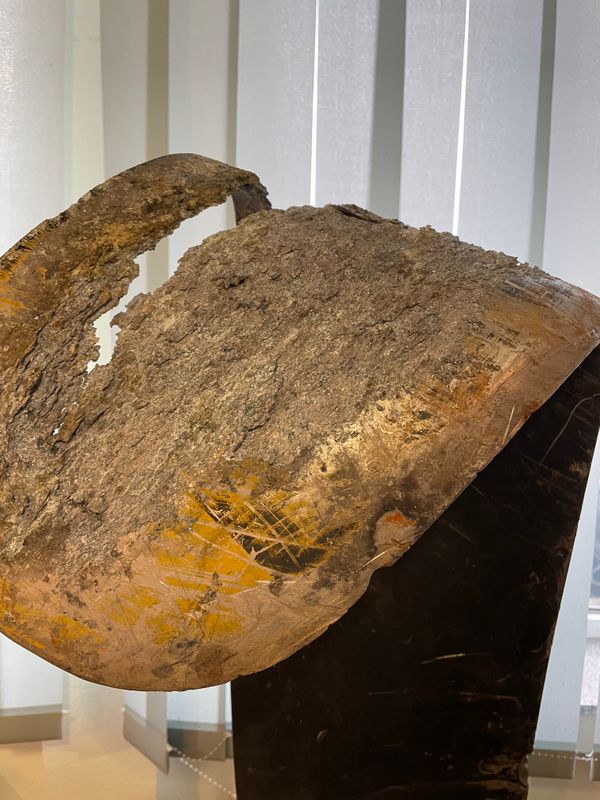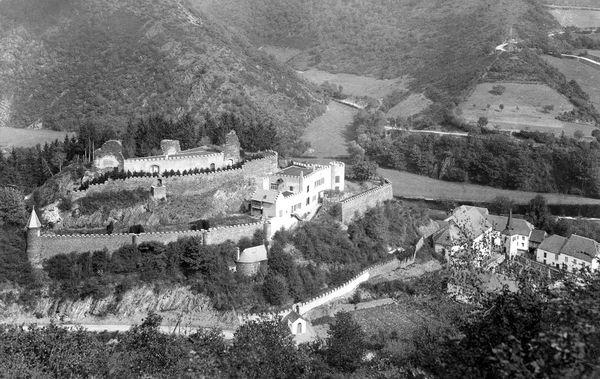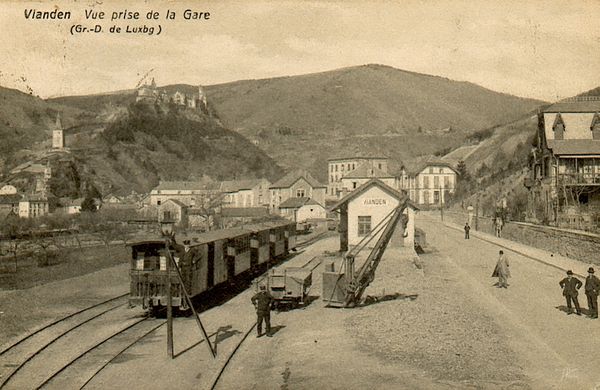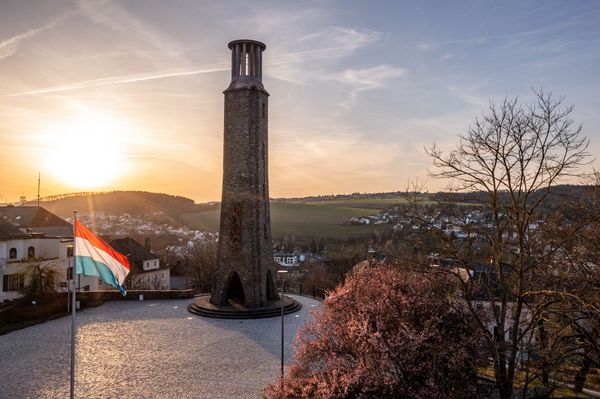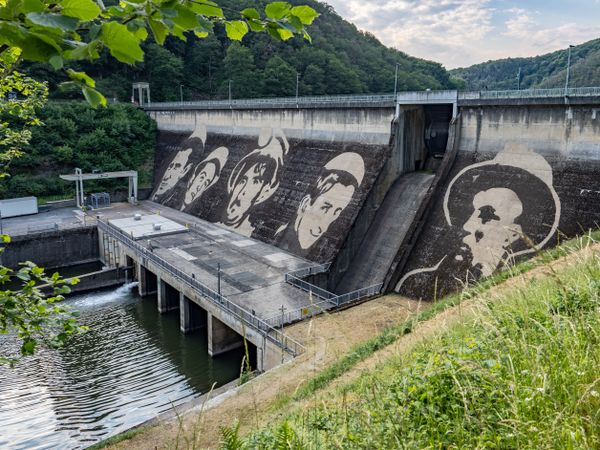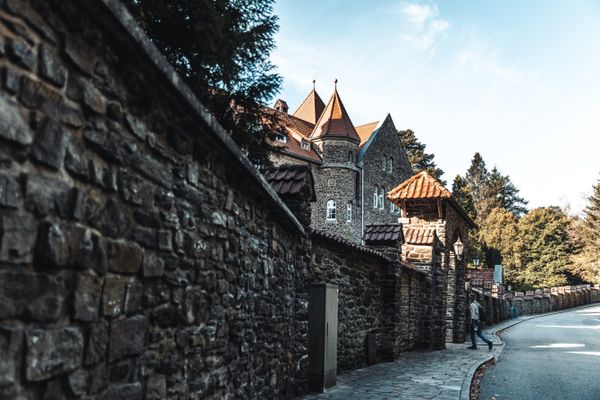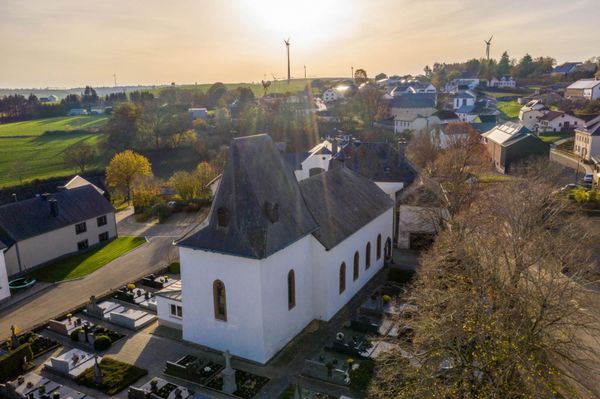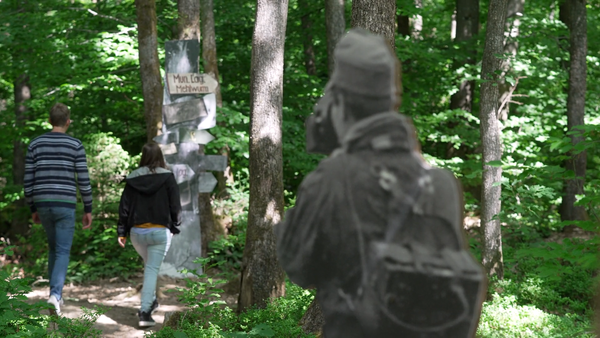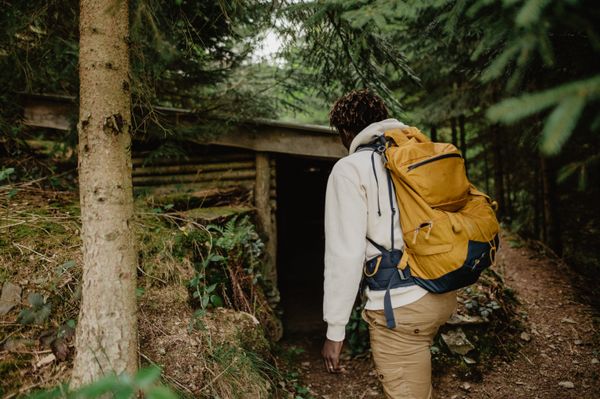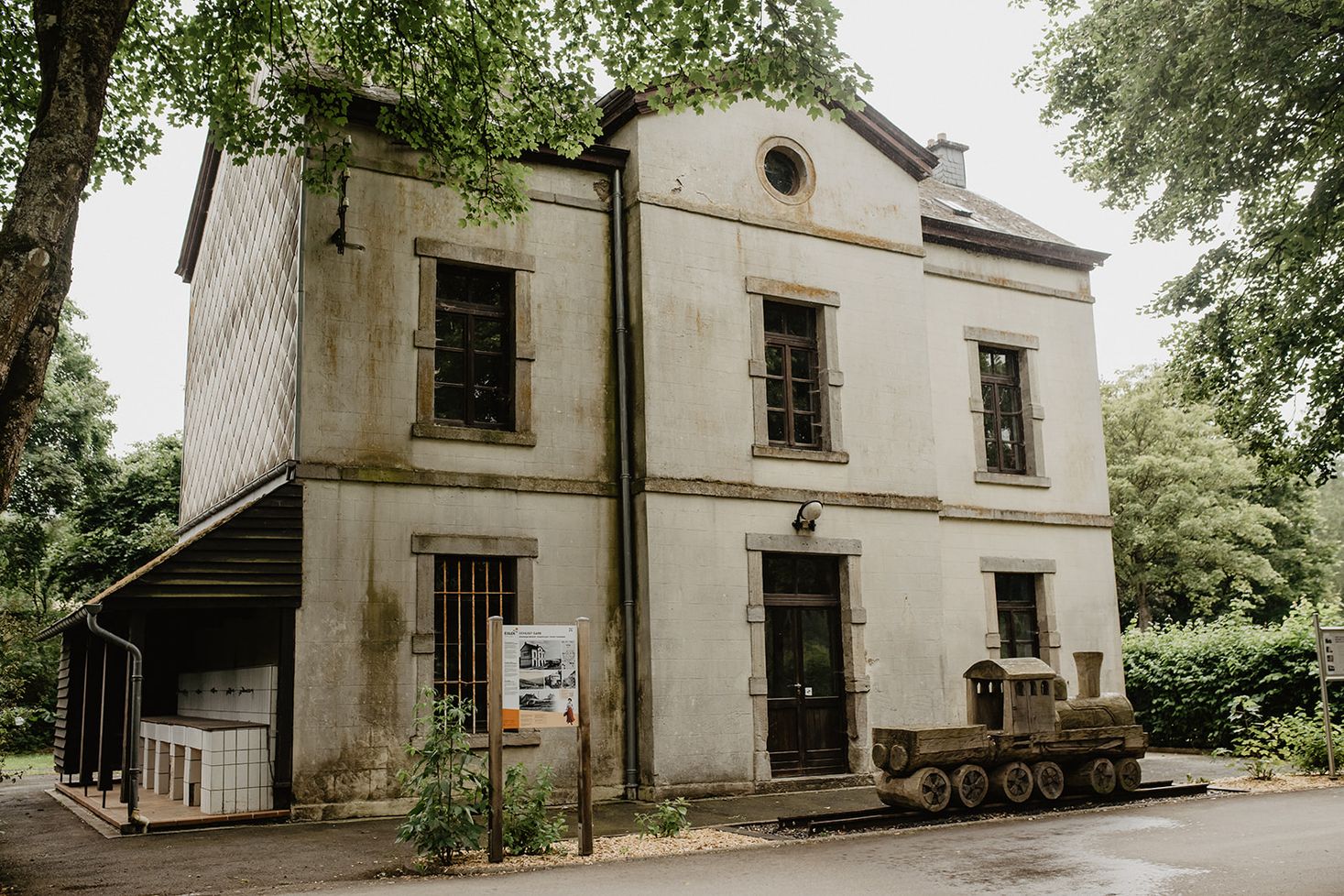
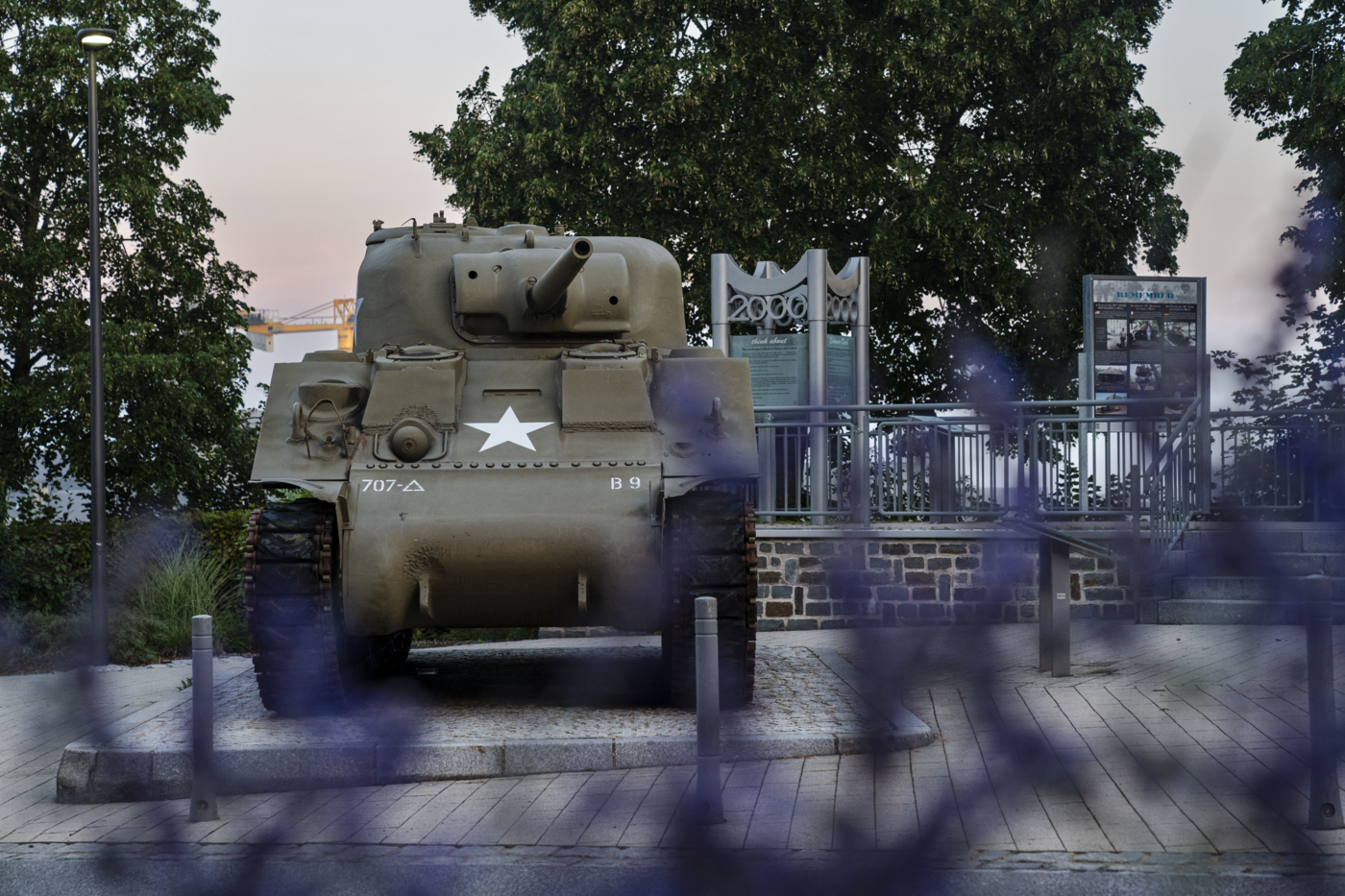
© Carline Martin
Gierwerei – Leather industry
Wiltz: Where Leather Found a Global Market
For centuries, the town of Wiltz was synonymous with one thing: leather. From its humble beginnings, Wiltz blossomed into an internationally renowned leatherworking hub. Skilled tanners transformed hides into supple materials that found their way across continents. This is a story of craftsmanship, economic might, and a community that dared to defy tyranny.
The Roots of an Industry
Wiltz's leather legacy stretches back to the 16th century. Its location likely played a key role, with abundant oak forests providing essential tanning bark. Tanners relied on the bark's natural tannins – acidic compounds that transform animal hides into durable leather. Clean rivers offered the perfect water source for the labour-intensive tanning process. As the industry grew, so did the town's reputation for quality.
Life as a Tanner
Tanning was hard, physical work. From soaking hides to the final treatments, it required both strength and expertise. This trade shaped the town's character. Generations of families relied on tanneries for their livelihoods, creating a tight-knit community bound by a shared craft.
World-Renowned Leather
By the late 19th century, Wiltz leather was in high demand. Tanneries like Lambert and Ideal produced a vast array of products: sturdy sole leather, fine upper leather, straps, and more. Exports reached markets across Europe and as far as South America. Wiltz wasn't just crafting leather goods; it was supplying the world.
Challenges and Change
Early 20th-century shifts brought uncertainty. Economic downturns and changing trade agreements threatened stability. This hardship set the stage for what was to come, revealing tensions beneath the surface of Wiltz's prosperous industry.
The 1942 Strike
When Nazi Germany imposed forced military conscription on Luxembourg, it violated the country's neutrality and ignited a firestorm of resistance. Workers at the Ideal tannery in Wiltz were the first to act, initiating a defiant strike on August 31st, 1942. News spread rapidly through the town and beyond, sparking a wave of strikes and protests across Luxembourg. Though met with brutal repression – including summary executions, deportations, and forced labour – the Wiltz strike became a symbol of national defiance against the occupiers.
The consequences of the strike were severe for both Wiltz and the whole of Luxembourg. It demonstrated the Nazi regime's ruthlessness but also galvanized further resistance. The strike is a pivotal moment in Luxembourg's history.
Decline and Legacy
Post-war, Wiltz's leather industry faced new obstacles. Changing technologies and global competition took their toll. The Lambert tannery closed in 1953, and Ideal in 1961. However, the memory of the strike lives on as a testament to Luxembourg's unyielding spirit.
Wiltz Today
Though the large tanneries are gone, their legacy lingers. Visitors can find remnants of this once-thriving industry: office buildings, the Ideal porter's lodge, and the Tannery Museum at Wiltz Castle. Memorials honour the strike – a reminder that the leatherworkers of Wiltz were not only artisans, but heroes who stood for their community and their nation.
Opening hours

